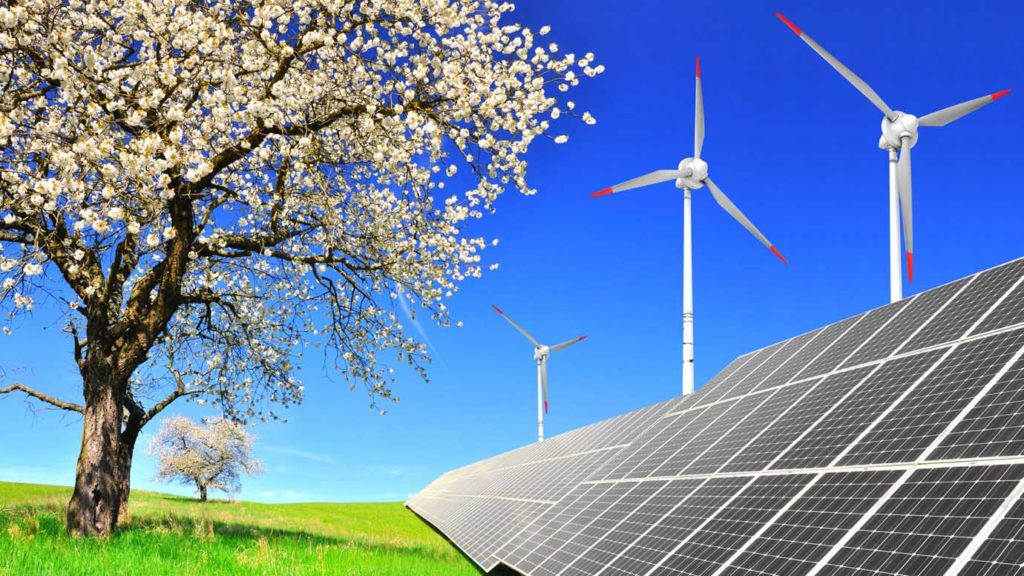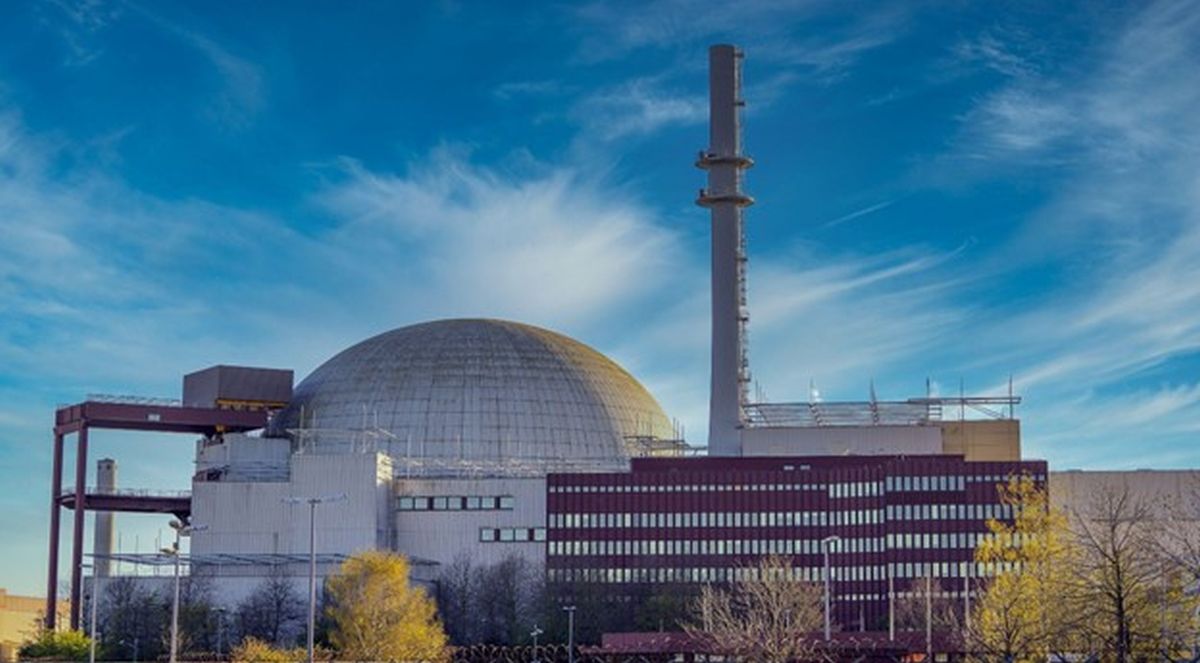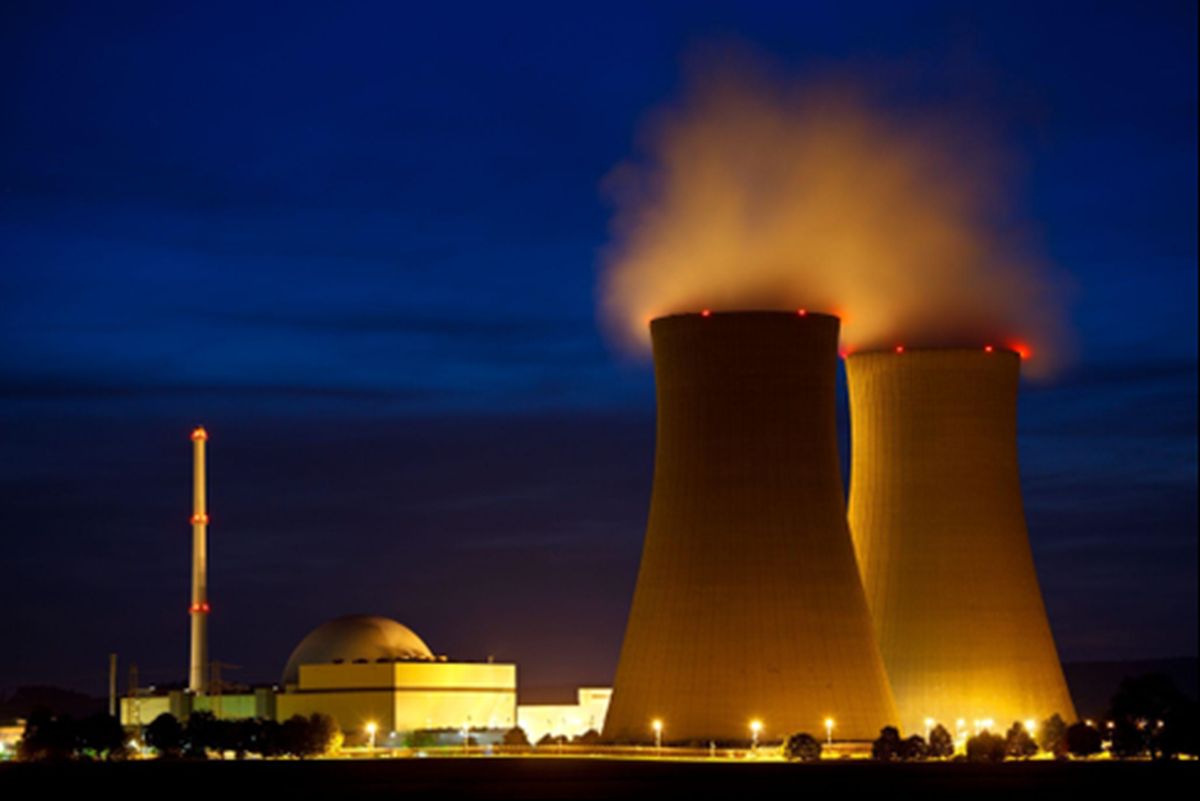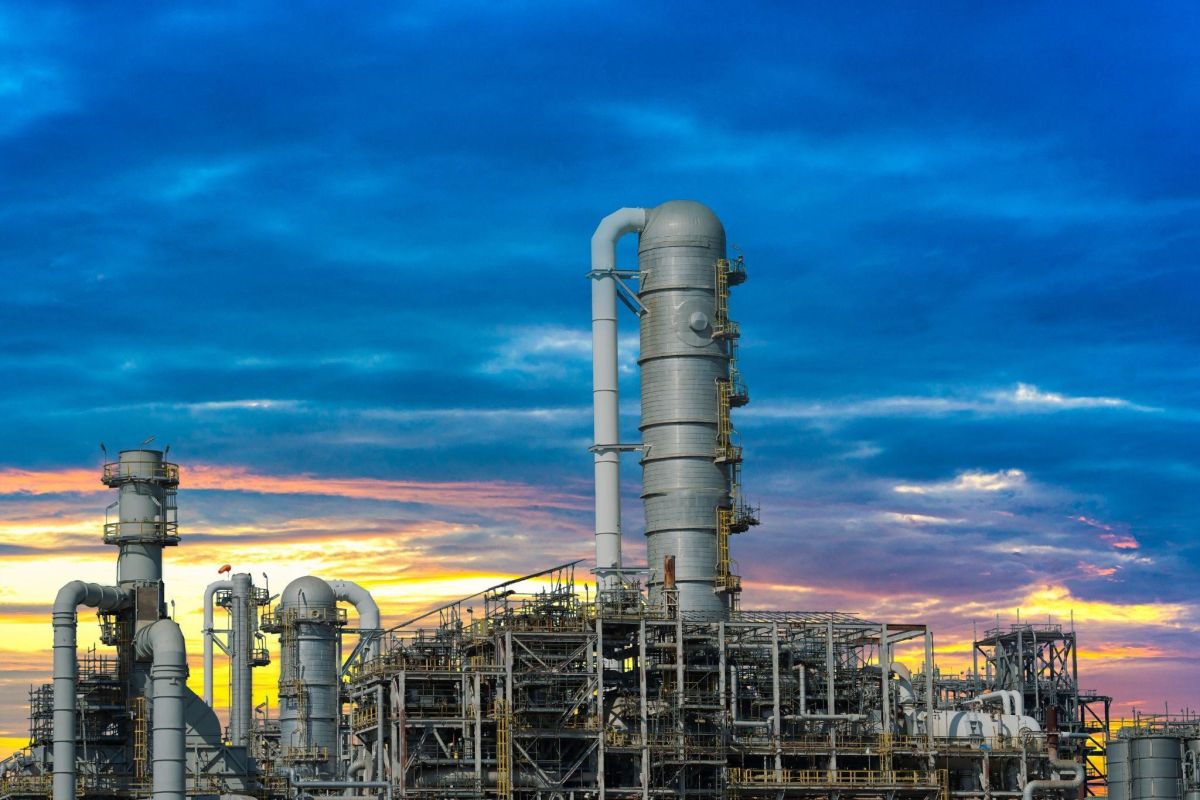A heat wave occurs when temperatures rise well above 90º F and the weather remains like this for two or more days. The intensity and frequency of heat waves around the globe is increasing due to the growing levels of greenhouse gasses in the atmosphere, like carbon dioxide.
Heat waves and the electric grid
Extreme heat tests the capacity of electric grids, especially in areas that are more vulnerable due to a lack of upgraded and improved infrastructure.
Power outages are not caused by the heat wave itself, instead, the use of air conditioners during high temperatures requires a greater amount of electricity, which in turn creates stress on the transmission lines. During a hot spell these transmission lines have a lower capacity and the increased load caused by air conditioning can make the line droop and short-circuit. If this occurs repeatedly, then a power outage will take place due to a lack of an adequate number of transmission lines to carry the required amount of electricity.
According to Eric Fournier, research director at UCLA’s Institute of the Environment and Sustainability, the impact of heat on the grid is twofold:
- The demand for electricity is higher, as more people use air conditioners and run them for longer hours on hot days.
- Heat has a physical impact on the infrastructure of the grid, which makes the electricity move at a slower rate through the wires. It also pushes thermal power plants and transformers to their temperature limits. With the rise in temperature, air conditioners need to work much harder to cool the air, thus, they put even greater strain on the grid while drawing more power.

Heat waves and renewables
The capacity to generate power from renewable energy sources is also being affected by extreme heat conditions, especially wind and solar.
Impact of extreme heat on solar power
According to the World Economic Forum, what happens to solar panels during extreme heat has to do with the laws of thermodynamics, which is the science of heat and the affect it has on things. Particles known as electrons, inside the electrical circuit, are responsible for generating electricity through solar panels. During high temperature conditions, the electrons bounce around a lot, which impacts the panel negatively by reducing the voltage, or causing a reduction in electricity generation. There is also a reduction of 0.5 percentage points for every degree Celsius rise in temperature, in the efficiency of the solar panel due to extreme heat.
Impact of extreme heat on wind turbines
One of the main factors influencing annual energy output is wind turbine power. The weather has a direct effect on how well a wind turbine operates, and it is one of the most affected by extreme heat because less wind blows.
The wind turbine can operate smoothly within the temperature range from -20 degrees to 50 degrees, however, output energy is going to be influenced once the temperature goes beyond this range. In case of very high temperature, the air density will be low, which will decrease the energy output. On the contrary, in case of very low temperature, the wind turbine will discontinue working as the blades and other parts will possibly freeze.
For a better future with fewer power outages, all the stakeholders across the globe need to seriously work on reducing greenhouse gas emissions, as they are the main reason for an increase in temperature. Also, improved power generation technology and better ways to store renewable energy is the need of the hour.
Disclaimer: Any opinions expressed in the blog do not necessarily reflect the opinions of Certrec. The content of this blog is meant for informational purposes only.



















